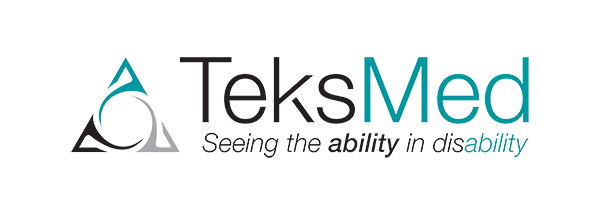WSIB’s Proposed Rate Framework Changes: A 3-Step Approach in Determining Employer Premiums
The Workplace Safety & Insurance Board has proposed changes to the premium rate setting model used in Ontario. Currently, the WSIB uses either NEER, CAD-7 or MAP experience rating programs in order to calculate the total amount of premium dollars paid by Ontario Employers, including surcharges and rebates.
The proposed new premium rate setting model is called the Rate Framework and it is anticipated to be rolled out beginning January 2020. The proposed Rate Framework uses a three-step approach to determining the amount of premiums an Employer will pay.
This dramatic shift in experience rating programs stems from the oft-cited inaccessibility of the current experience rating programs, specifically that they are not transparent and are difficult to understand. The WSIB has founded the proposed Rate Framework on transparency in order to make the calculation of Employer premium dollars easier to understand.
The WSIB has maintained that the introduction of the new Rate Framework will remain revenue neutral, meaning that the implementation of this new experience rating system will not affect the total amount of premium dollars collected by the WSIB at first. However, over time the amount of premium dollars collected will shift either positively, for employers with good health & safety experience, or negatively, for employers with bad health & safety experience.
Step 1 – Employer Classification
The proposed Rate Framework is shifting from utilizing the Standard Industrial Classification system to the North American Industry Classification System (NAICS) structure. This means that Employer classification will be dropping from the current 155 rate groups to just 34 classes/subclasses.
The WSIB has chosen to use the NAICS classification system for several reasons:
- – It is simple and easy to understand
- – NAICS is updated every 5 years
- – It prevents premium rate shopping and multi-rating by using an Employer’s predominant business activity in assigning a particular class
- – Other government organizations (i.e Canada Revenue Agency, Statistics Canada) use NAICS, making the shift a simple and relatively transparent one
This stage of the process involves identifying the correct NAICS grouping for individual employers.
Step 2 – Class Level Premium Rating Setting
The proposed Rate Framework establishes a projected premium rate for each NAICS class that is based on several things:
- – Expected claims costs
- – Expected insurable earnings
- – Apportionment of past claim costs for each class in Schedule 1
- – Allocation of administration costs
Initially, the WSIB proposed to eliminate the Second Injury Enhancement Fund (SIEF) which allows an Employer to apply for cost relief on individual claims should the criteria of the policy be met. Fortunately, through Stakeholder consultations, the WSIB has recognized that some form of cost relief is necessary. In the interim, the WSIB will maintain SIEF until further reviews can be conducted.
Additionally, the WSIB has proposed to deal with long latency diseases by assigning the costs of these claims at the class level to be dealt with in establishing a class level premium.
Step 3 – Employer Level Premium Rate Adjustments
Finally, after the class rate is determined, individual Employers will see an adjustment to their own premium rate which better reflects their own risk within the system as well as their claims experience.
In adjusting individual employer rates, the WSIB will look at a period of six years of claims experience and will apply a weighted experience window which values the most recent three years at 66% and the remaining three years at 33% (see below).
In addition, when adjusting individual employer rates, the WSIB will apply a system of risk banding. The WSIB describes risk banding as “a hierarchical series of divisions within each class”. This means that an Employer’s individual premium rate is restricted from increasing or decreasing by 3 risk bands each year, and each risk band is equivalent to 5%. As an Employer’s premium rate can only increase or decrease by 15% each year, in this way the WSIB has provided greater stability to Employer adjustments, not previously seen under current experience rating systems.



